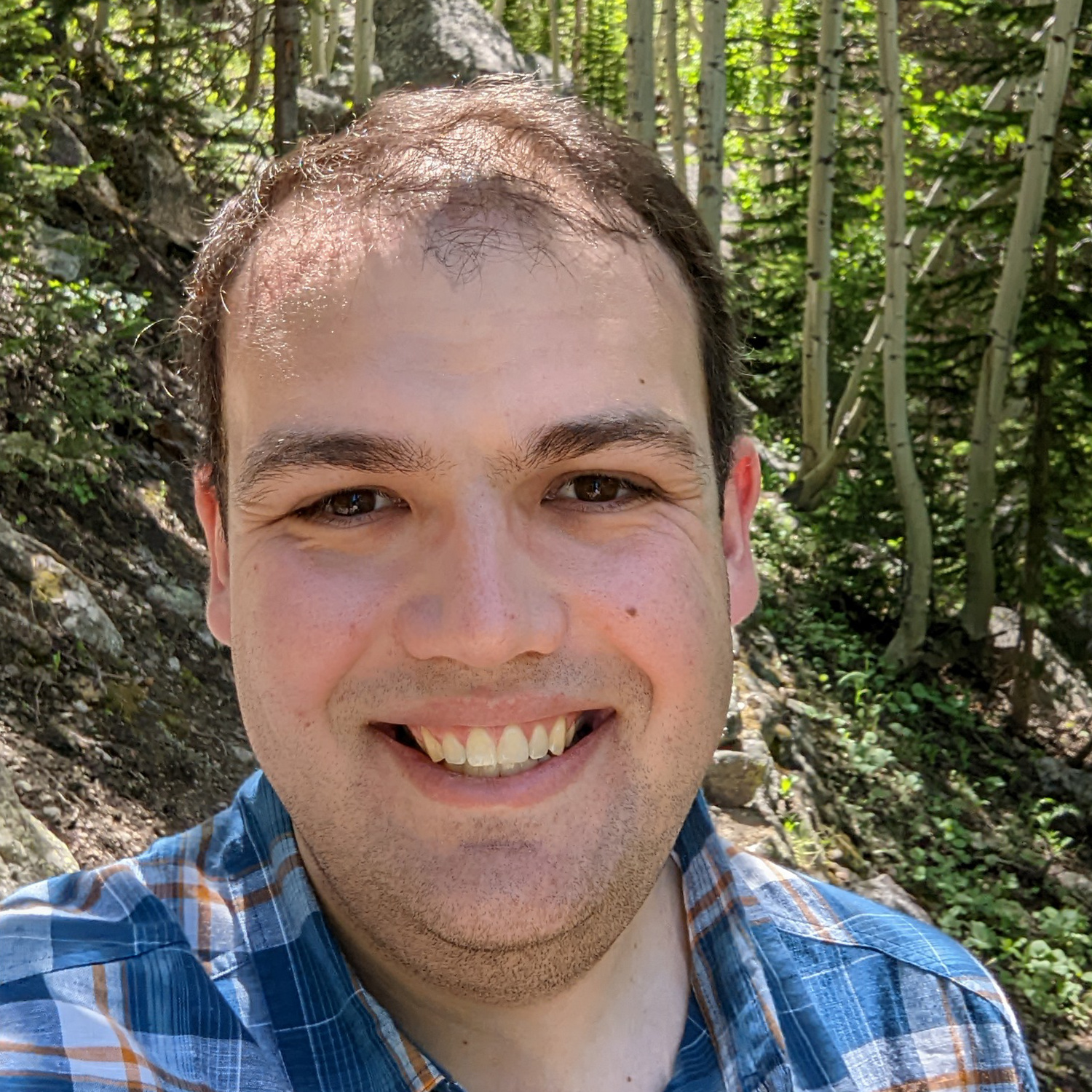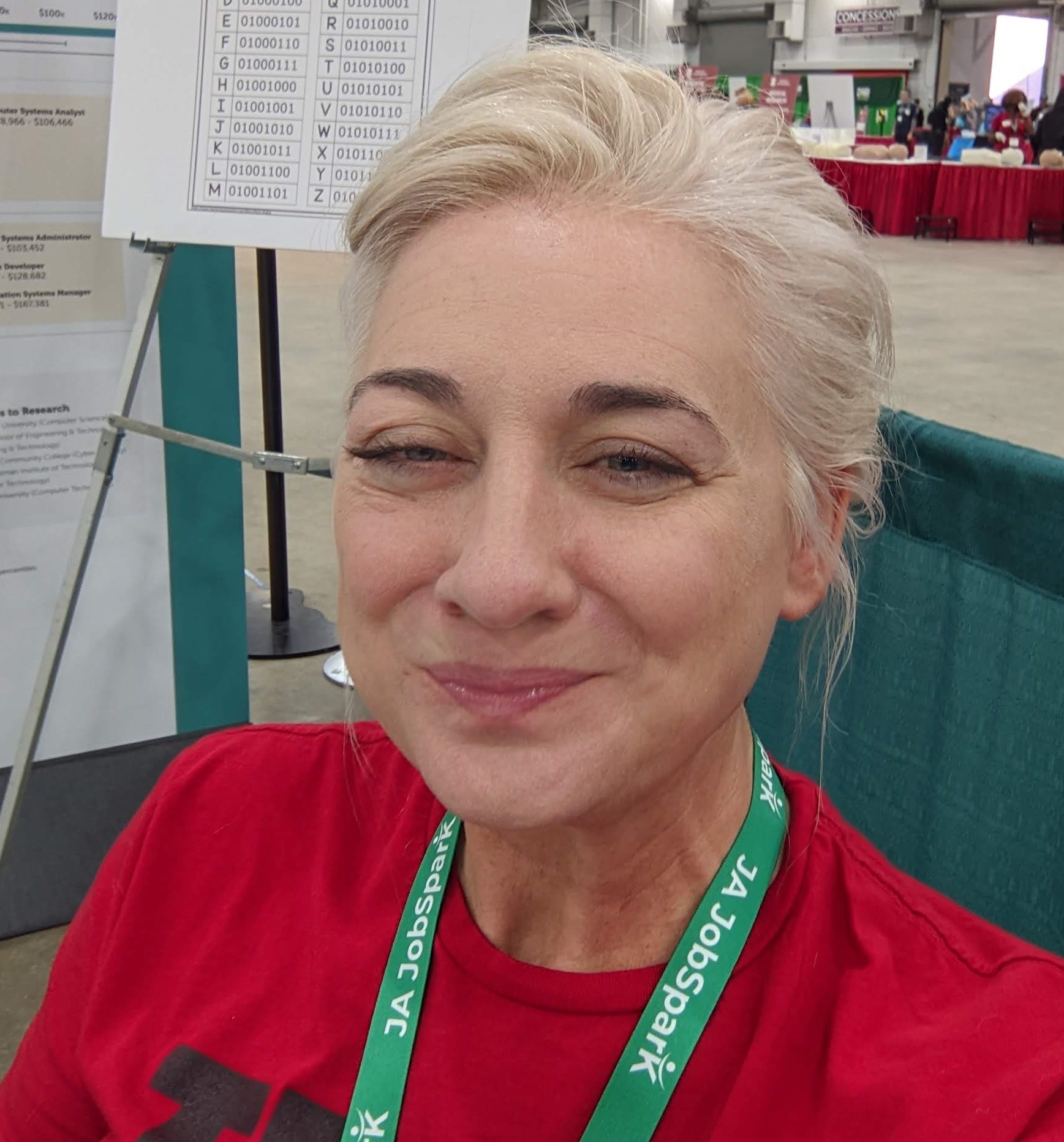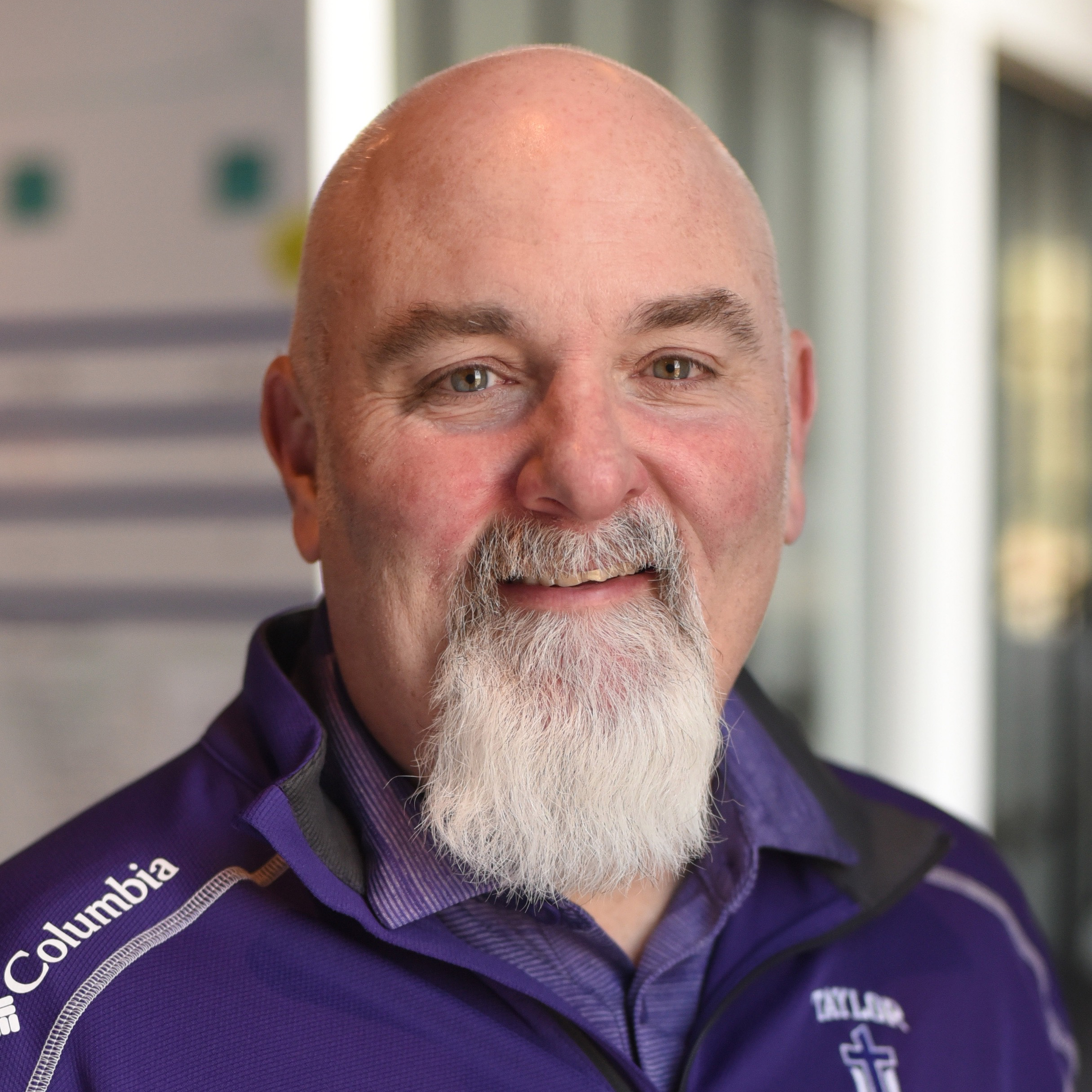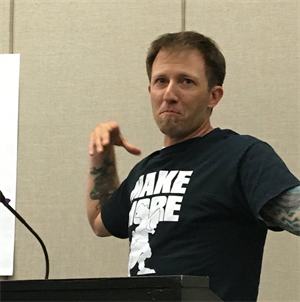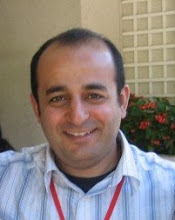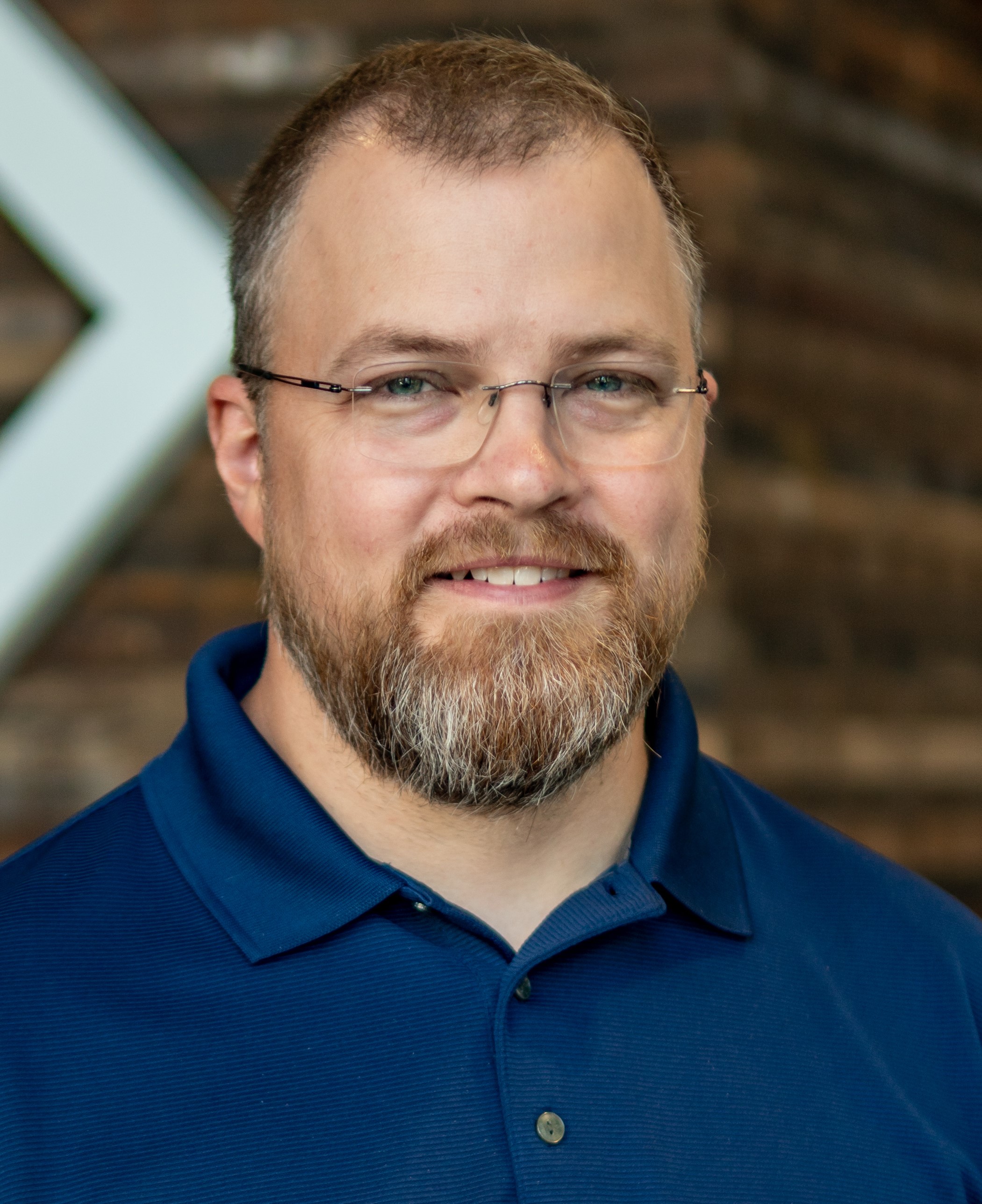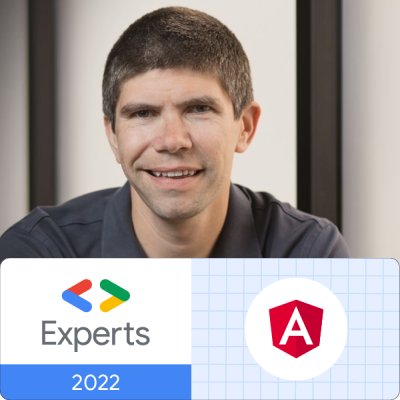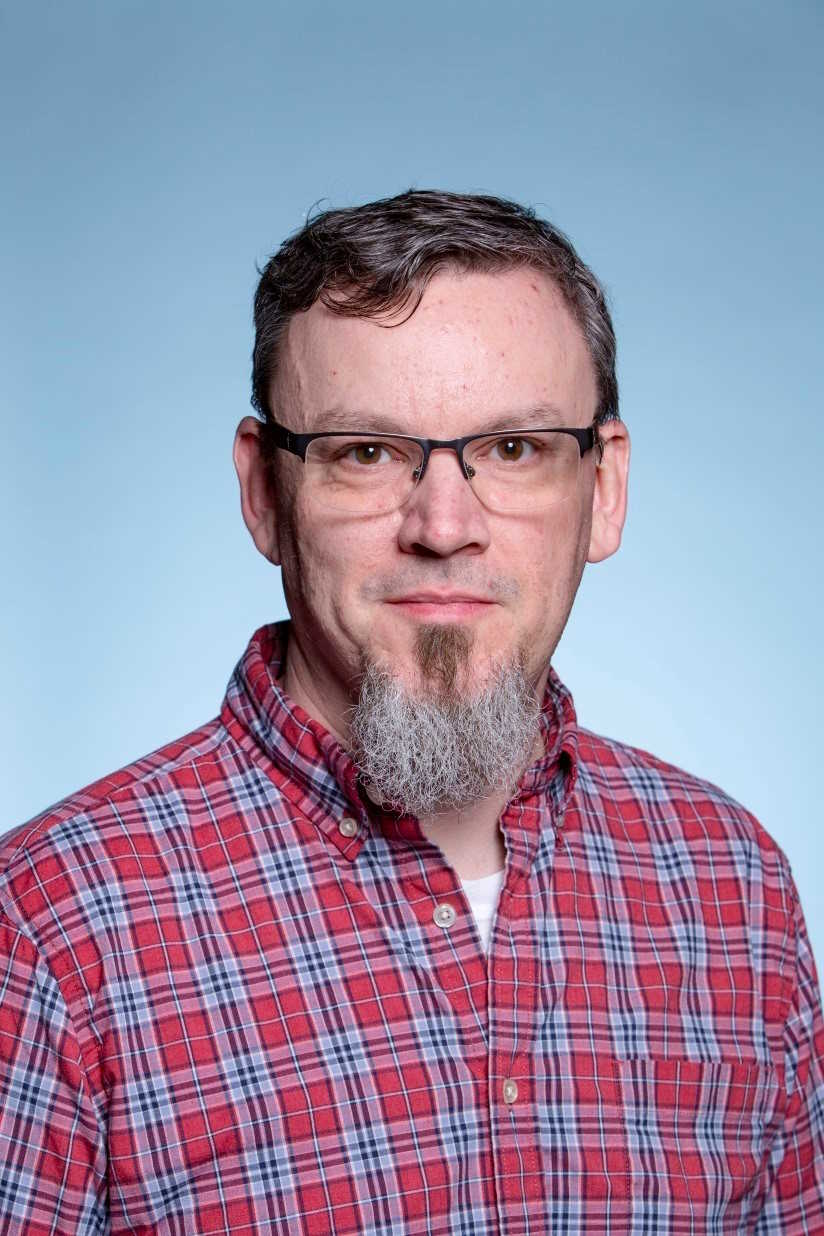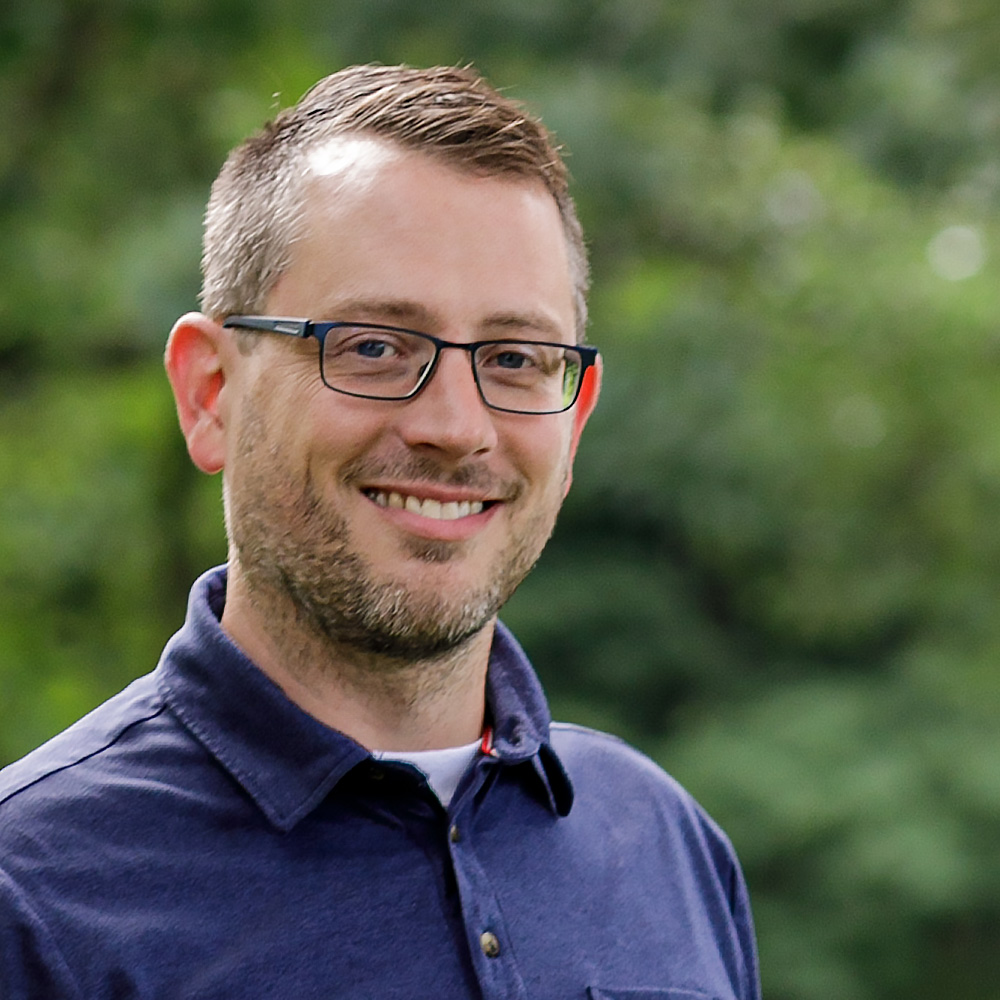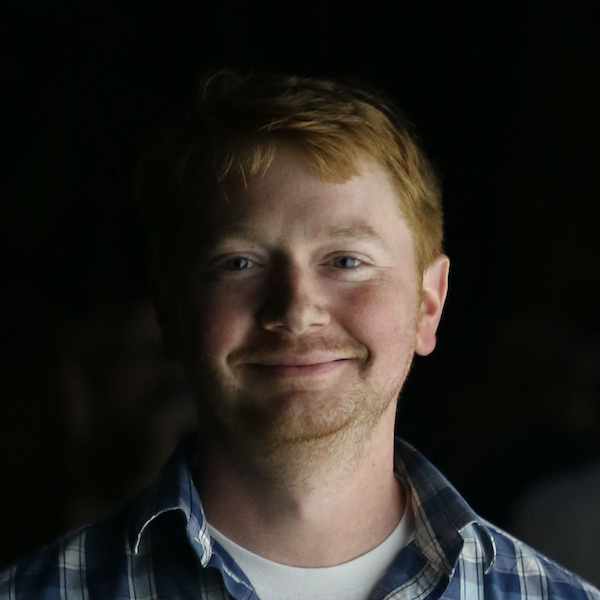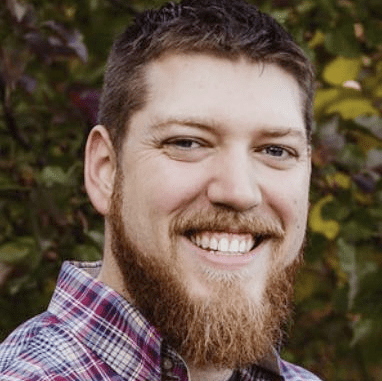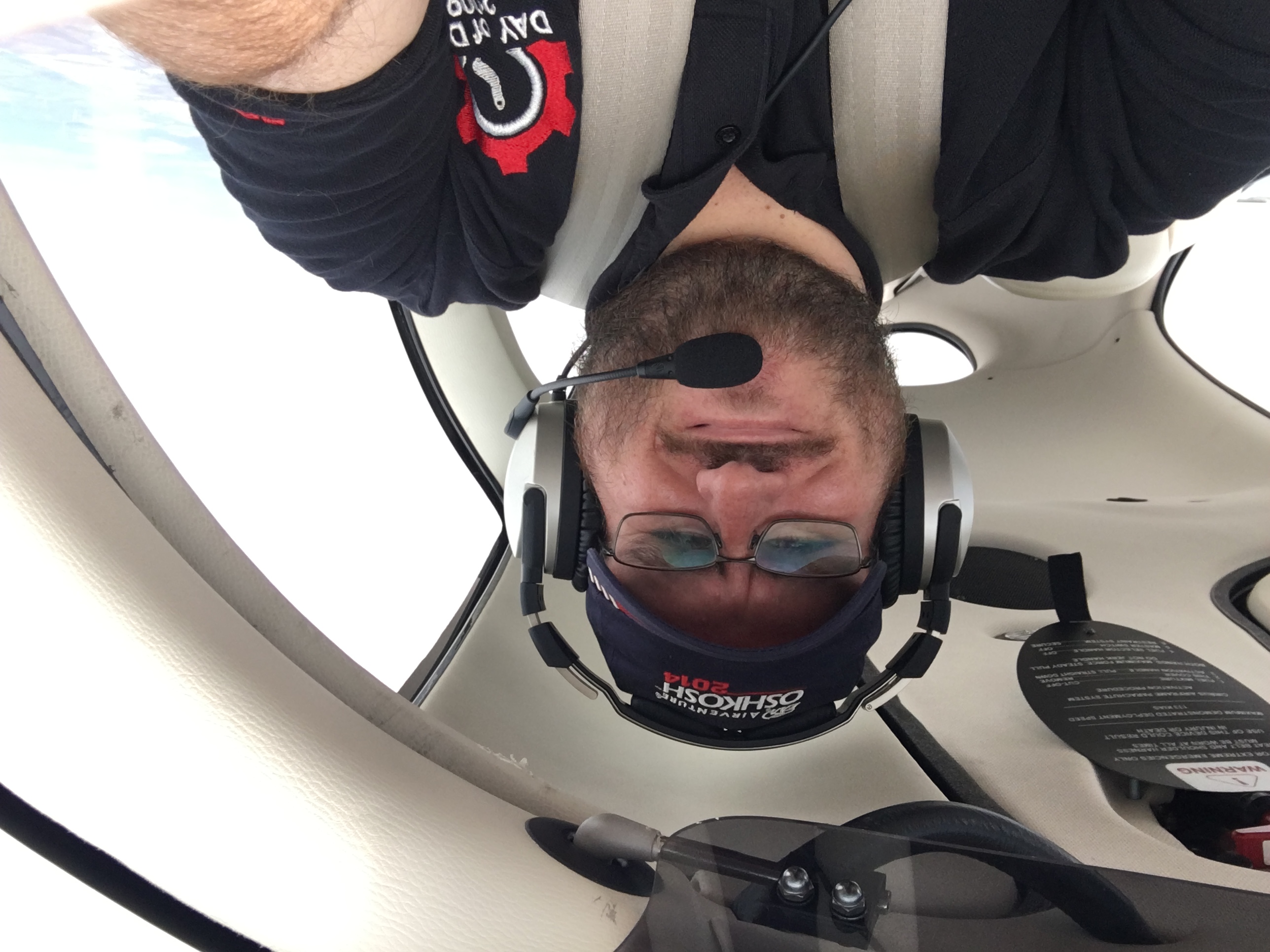Description
Whether you are a product owner, manager, analyst, engineer, or tester, you build products. And building products is challenging - not only getting the product right but also making sure the team working on the product understands the nuances of your product. How do you go about designing, delivering, and adapting your product to deliver better solutions while incorporating product learnings as you go?
In this 1-day hands-on workshop, you will learn and use product discovery tools used to help teams discover and continuously learn about their product.
You will learn:
Lean Product Discovery with product framing, design targets, and storymapping
Product validation with experience tests
Driving product language within and across teams
Blending discovery with delivery to drive continuous product learning
You will use:
Product framing, design targets, and OKRs to drive product alignment and meaning
Storymapping and user journeys to explore options, dependencies, and validate decisions
Annotations to drive product language within and across teams
Leveraging continual product discovery as part of product development
All exercises are hands on and done in small groups
Who should attend:
Product Owners / Managers looking to understand how to blend product thinking into delivery within and across teams
Managers, analysts, designers, and team leads challenged with getting the 'requirements' right
Engineers tired of not having a voice in the process
Whether you are new to product discovery and lean or are looking to hone your skills, this class will give you hands on experience applying these techniques in real world scenarios. The course is designed for anyone working on building or leading teams building products, within or outside of software.
